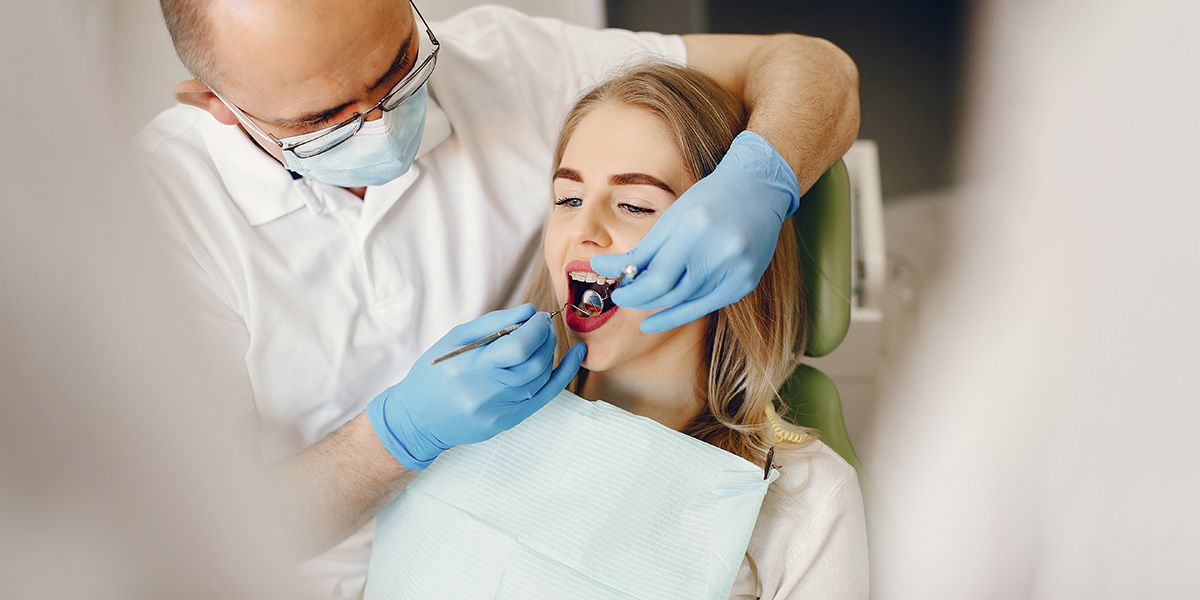
Before a dental implant procedure is done, the dentist will assess your oral health to check the condition of the jaw. Sufficient jawbone is a requirement for the implants procedures to be considered. If you lack the recommended bone density because of bone loss, the dentist may opt for a bone grafting procedure.
What Is Bone Grafting? An Overview of the Procedure
Bone grafting is a procedure that stimulates new bone growth in the jaw to offer support for dental implants. The procedure involves taking bone granules from your hip or cadaver and attaching it to the affected area. Bone grafting is needed if bone loss affects the health of the gums and nearby teeth.
The dentist can choose different sources of bone grafts, and they include:
- Your body or autografts. These are considered the gold standard because the granules come from your jaw, hip, or tibia.
- Allografts are bone granules from a different person, mostly a cadaver. These bone granules are treated before use.
- Xenografts are bone granules from other species like cows or pigs.
- Alloplast or synthetic material composed of calcium, sodium, or phosphate
When Is Bone Grafting Necessary? Key Situations and Conditions
There are several reasons why the dentist will recommend bone grafting, and they include:
Implants: Why Bone Grafting May Be Required
Bone loss is a common problem for people who have missing teeth. It is reported that people lose about 12 percent of the supporting bone within the first year and gradually after that. The bone loss affects teeth replacement like dental implants because they are surgically fixed in the jaw. The dentist can perform bone grafting to increase bone before the titanium screws are fixed.
Gum Disease: How It Affects Bone Health
A bone grafting may be necessary to support your jaw affected by tooth loss or gum disease. Having bone loss also affects the nearby gum tissue and teeth and can weaken the jaw.
A bone graft stabilizes the bone graft and helps prevent further bone and complications that come with it.
Sunken Face: Addressing Bone Loss and Aesthetic Concerns
Even if you are not getting dental implants, you may need a bone graft if your appearance is affected by bone loss. Losing bone mass in the jaw causes the face to look sunken or shorter than normal. Additionally, the jaw can appear forward, and the lips can change appearance.
How Is the Bone Grafting Procedure Performed? Steps and Expectations
The bone grafting in Bayside, NY, takes an hour or two to complete. The dentist numbs the gums and monitors the vital signs throughout the procedure. The affected area is then cleaned, and the dentist will make an incision to separate the gums and the bone. The bone granules are added to the jaw and secured with a dissolvable adhesive material. The gum incision is stitched to begin the healing process.
The bone grafting procedures can be done in three ways, and each one is used depending on the condition of the jaw.
- Block bone graft: This is recommended for people with significant bone loss toward the front of the jaw. The procedure involves using bone blocks and fixing them with titanium screws during the healing period to offer support.
- Socket graft: This is a minor graft and is done the teeth are extracted to prevent the bone loss that might occur from having missing teeth.
- Sinus lift: When the bone loss affects the upper molars, it can cause the sinuses to move down. A sinus lift moves the sinuses back to the proper position to restore upper jaw stability.
What to Expect After Your Bone Grafting Procedure: Recovery and Care
After the procedure, the dentist will place a gauze pad on the area and give you instructions on how to care for the gums. After the surgery, you will experience gum soreness, swelling, and pain, but you can relieve the pain with home remedies.
- Use cold compression or ice packs for the first 24 hours to ease the pain and reduce pain and swelling.
- Eat soft foods for three days to a week to give the gums a rest and allow them to heal.
- Elevate your head with wedge pillows to prevent blood from building up at the site.
- Avoid hot, spicy, hard, and crunchy foods to protect the gums from irritation.
Ready to Explore Your Options? Schedule Your Appointment
Visit Bayside Family Dentistry for more information on bone grafting and what you can expect before and after the surgery.






